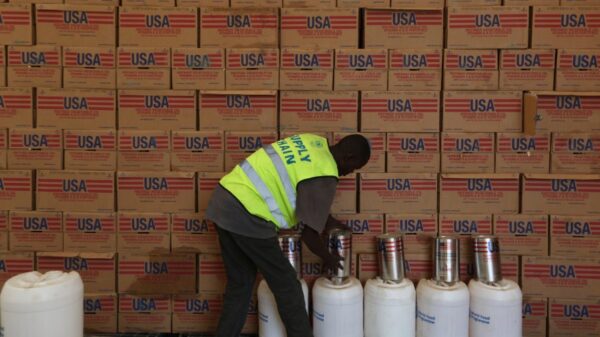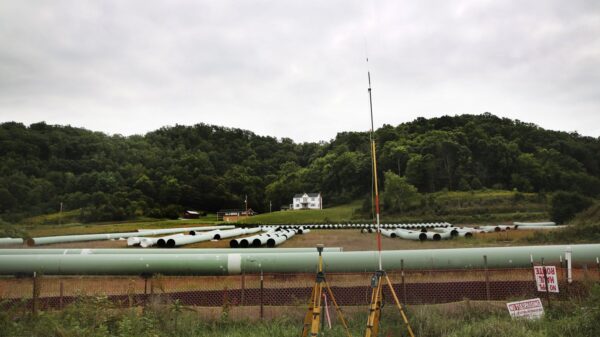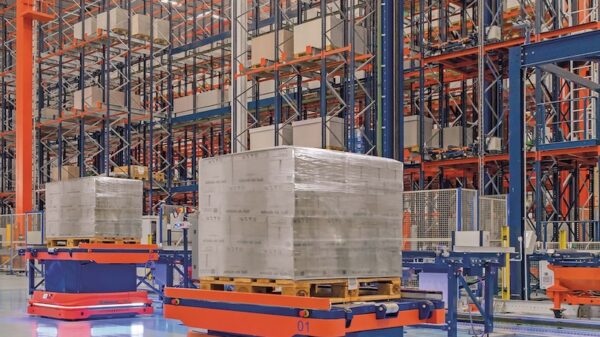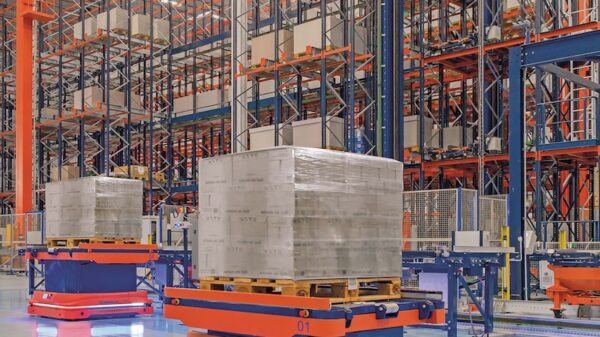A recent study by Mecalux and the MIT Intelligent Logistics Systems Lab highlights a significant shift in warehouse operations, revealing that artificial intelligence (AI) is now integrated into approximately 60 percent of warehouses globally. The findings, based on a comprehensive survey of over 2,000 logistics leaders across 21 countries, underscore the rapid adoption of automation and AI technologies in the logistics sector.
As retailers prepare for the upcoming surge of Black Friday demand, the research indicates that AI and machine learning have transitioned from being experimental tools to essential components of operational efficiency, accuracy, and workforce development. More than 90 percent of surveyed warehouses reported utilizing some form of AI or advanced automation, marking a notable advancement in the industry’s maturity.
AI Driving Productivity and Workforce Evolution
The study shows that more than half of the organizations surveyed operate at advanced or fully automated maturity levels, particularly among larger firms with complex logistics networks. AI has become instrumental in enhancing daily operations, including order picking, inventory management, equipment maintenance, labor planning, and safety monitoring.
According to Javier Carrillo, CEO of Mecalux, “The data show that intelligent warehouses outperform not only in volume and accuracy, but in adaptability.” He emphasizes that companies investing in AI are not only increasing their operational speed but also developing resilience and predictability in an unpredictable market.
The advantages of AI investments are becoming clear, with businesses allocating between 11 percent and 30 percent of their technology budgets to AI initiatives, typically seeing a payback period of just two to three years. These investments lead to measurable improvements in inventory accuracy, throughput, labor efficiency, and reduced errors, shifting the focus from exploratory spending to building long-term capabilities.
Challenges and Opportunities Ahead
Despite these advancements, companies still encounter obstacles to scaling AI effectively. Dr. Matthias Winkenbach, Director of the MIT ILS Lab, notes that the primary challenges lie in integrating people, data, and analytics into existing systems. Technical expertise, system integration, data quality, and implementation costs are the main barriers that organizations face.
However, many companies report strong foundations in data management and project execution. They identify improved tools, clearer strategic roadmaps, increased budgets, and enhanced internal expertise as essential factors for driving the continued adoption of AI.
The study also addresses concerns regarding job displacement due to automation. Instead of reducing human roles, AI is enhancing productivity, job satisfaction, and workforce opportunities. Over 75 percent of organizations observed an increase in employee productivity and satisfaction following AI implementation, with more than half reporting an expansion in their workforce.
New job roles are emerging, including positions such as AI/ML engineers, automation specialists, process improvement experts, and data scientists. This evolution indicates that intelligent automation is creating opportunities rather than eliminating jobs.
Looking forward, nearly every organization surveyed plans to expand its AI usage in the next two to three years. An overwhelming 87 percent intend to increase their AI budgets, and 92 percent are actively implementing or planning new AI projects.
The report highlights generative AI as a promising frontier, with businesses recognizing its potential for applications such as automated documentation, warehouse layout optimization, and process flow design. As these technologies develop, AI is expected to facilitate a transition from predictive insights to automated decision-making.
In conclusion, as the logistics sector enters its busiest season, the findings suggest that warehouses are not only becoming more automated but also evolving into intelligent systems. With AI enhancing performance and enabling new capabilities, the future of warehousing holds great promise for efficiency and innovation across global supply chains.




































































